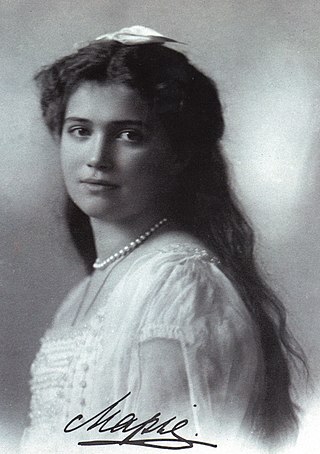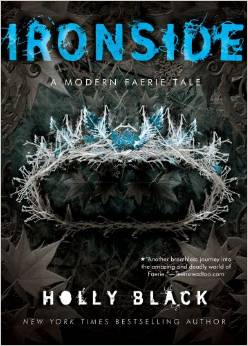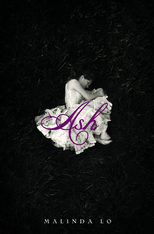Plot
One winter, Jena's father sets out to the coast of Constanța to recover from a serious illness that would kill him if he remained home for the winter. In his absence, he leaves his house, his younger daughters, and his half of the merchant business he and his cousin run in the hands of Jena, and her elder sister Tatiana (called "Tati"). It is when Jena's father's cousin (called Uncle) Nicolae dies, that things begin to go wrong for Jena and her sisters: Cezar, Nicolae's youngest son, uses his newfound power of being master of his father's estate to take a firm control over the castle in which Jena and her sisters live.
Every full moon, the sisters go to the Other Kingdom, where they meet and dance with various magical creatures. With each visit they begin to notice the deterioration of their lives at home: Aunt Bogdana, Nicolae's widow, is falling into depression, the money that was to last them the winter is rapidly dwindling, and Cezar is trying to seize all power over his cousin's estate in an attempt to prove himself after an incident that occurred in his childhood. Eventually, Cezar becomes so bent on revenge for the death of his older brother Costi (who drowned ten years prior to the book) that he suggests felling the forest around both his and his cousins' estates. In distress, Jena attempts to dissuade him from doing so. She also attempts to prevent Tati from seeing Sorrow, her sweetheart, who Jena believes to be one of the Night People.
In an effort to persuade her sister that it is not meant to be, Jena enlists the help of Bogdana to organize a party to find suitable husbands at the next Full Moon. Jena and her younger sisters are all upset that they will miss the Full Moon dance, but none so much as Tati; she rapidly loses weight, and her personality fades into almost non-existence. Meanwhile, there was a killing in the village, which had all the markings of an attack of the Night People; reluctantly, Jena tells her sister of what Tadeusz had told her about Dark of the Moon at one of the Full Moon revels. Tati decides to use this portal at Dark of the Moon, where Jena discovers her with Tadeusz's sister, Anastasia. Frightened, the sisters are separated, and Anastasia takes Jena (unwillingly) to see Draguţa's mirror. In the mirror, Jena learns of Sorrow's true heritage, as well as sees a vision of herself and a young man that she would come to love; the young man in this vision then changes into a horrible monster, turning on Jena's younger sisters. Frightened, Jena flees back to the lakeside, where she meets up with Tati and Sorrow. Sorrow then sends the girls over the frozen lake and back to their own world, where they decide to visit the Dancing Glade the next month to both warn the Queen of Cezar's intentions, and ask if she could help Sorrow, and the girl who was revealed to be his younger sister.
After miserably failing to propose to (and being rejected by) Jena, Cezar works out that the entrance to the Other Kingdom is indeed in the bedchamber that Jena and her sisters share. Desperate for help, Jena sets out to the lake where Costi drowned, to seek out Draguța. She speaks to the old woman for a little, before she is given a powerful sleeping potion to put both the man and the chaperone to sleep on the night of the full moon. As Jena leaves she gives Gogu, her pet frog she carries everywhere she goes, a kiss on the nose; a bright flash throws both her and the frog apart. When she can see again, she finds a young man on the shore of the lake, whom she instantly knows to be Gogu; she also recognizes him as the young man in the mirror, who turns into a monster. Jena is torn between following her heart and trusting him, and keeping her sisters safe by leaving him behind. Eventually, though she doesn't want to, Jena leaves the young man behind, breaking her own heart to keep her sisters safe.
As planned, the sisters drug the man and chaperone in their bedchamber, and seek the help of the faerie Queen. Ileana tells Tati that she has set Sorrow a quest, to be completed within one month; if he succeeds, they will be allowed to wed, and Tati to live in the Other Kingdom. Gogu is also there, and the faerie Queen reveals that he was bound by a spell of silence, giving him his voice back. Gogu then reveals to Jena that he is Costi, which she denies; however, Draguța later reveals that this is true. She had placed the boy under an enchantment to turn him into a frog. She then revealed that it was Jena's doubt that allowed Anastasia to manipulate the image in the mirror; Costi was not a monster, and Jena had broken his heart by claiming that he was a monster, instead of trusting him.
Costi returns the next day and takes over his father's estate, and Cezar disappears; however, Jena is too nervous and guilty to speak to Costi. Eventually, Tati convinces her to go visit him and, on the day of the Full Moon, she does. Using three gifts, (the traditional amount for a fairytale), Jena captures Costi's attention for long enough to apologize and for them to confess their love for each other. They then come across an injured Sorrow, to whom they take a dying Tati. The two make their journey to the Other Kingdom, for good. Eventually, life returns to normal, though the family misses Tati. Jena's father returns home, and Jena and Costi look forward to their impending marriage.














